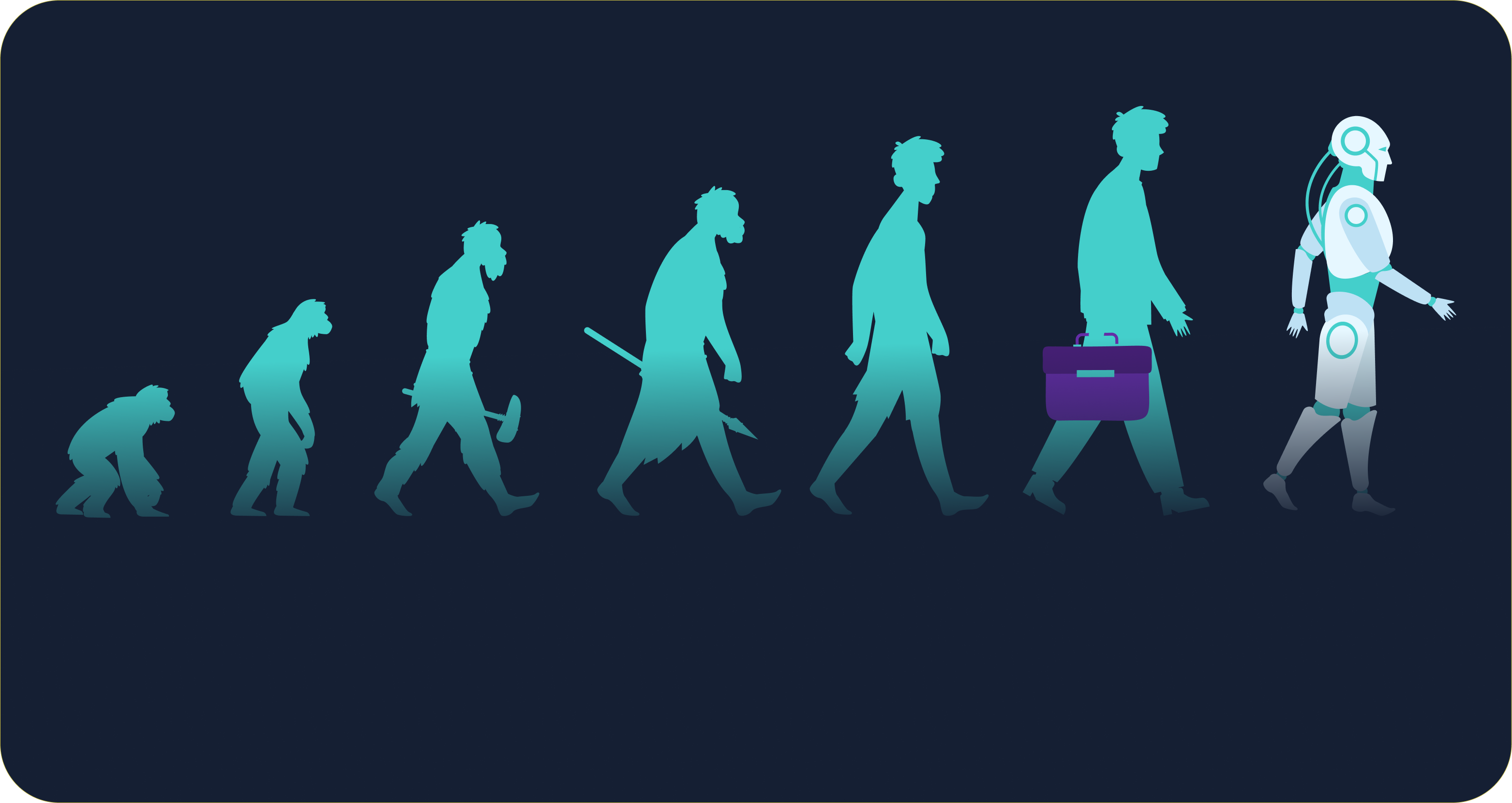A one-size-fits-all approach to lending falls short in a diverse society
Equitable lending starts with innovation that serves every American
According to the 2020 U.S. Census, the diversity of the U.S. population increased between 2010 and 2020, a trend expected to continue over the coming decades. In another report, the Census Bureau projected that by 2030, immigration will become the primary driver of population growth in the U.S.
With the country becoming more diverse year over year, it’s time to call into question the one-size-fits-all approaches to lending that are in misalignment with the needs of this diverse society. While the tools used to underwrite may treat borrowers as equals, it will take much more to reach a state of equity that combats the institutional forces that have kept protected classes from accessing fair credit.
The problem with color blindness
In a 2011 study, researchers put a certain one-size-fits-all approach to the test by examining how effective “color blindness” was as a way for elementary school students to learn about and identify racial bias. They presented different stories of schoolyard conflict to the children — with some stories involving racial discrimination. Their study found that the children told the color-blind version of the story were less likely to identify racial bias when it was shown to them. The children exposed to this color-blind approach were also more likely to describe perceived discrimination in ways that came off as less severe when assessed by their teachers.
The results of color blindness as a tool for promoting diversity and equity are counterintuitive. This method doesn’t reduce bias. Instead, removing race from decision-making makes it harder for people and institutions to identify and remedy the systemic causes of bias.
The same idea applies in lending: Fair lending laws prevent lenders from asking an applicant’s race. While these standards may deter direct forms of discrimination and bias, they also hinder a financial institution from proving they’re being inclusive. Over the years, several firms and organizations have developed formulas, the RAND Corporation’s BISG being the most well-known, to predict the race of borrowers as a way to ensure fair lending and equity.
While these formulas aren’t exactly what you’d call color-blind, what if they also weren’t as accurate as they were once promised to be?
The U.S. is getting more diverse, lending should keep up
We’ve made progress to go beyond color-blind approaches in ensuring fair lending. However, there is still a long way to go — especially as traditional lending practices fall behind a quickly diversifying population.
In addition to diversity in the U.S. increasing from 2010 to 2020, the 2020 census data indicated that in the same decade, ethnic minorities made up most of the country’s population growth, especially in younger sectors. For the first time in 2019, the majority of individuals in the country under 16 years old were recognized as belonging to a racial or ethnic minority group.
While credit-seeking populations have grown less homogenous, the fairness formulas that assess them have slowed in comparison. BISG (Bayesian Improved Surname Geocoding), a formula that combines surname and ZIP code data to estimate race, is correct, most often in the most racially homogenous locations. However, the reliability of surnames as a way to predict race will only get less and less accurate each year as American neighborhoods get more diverse and interracial marriages increase. A Pew Research study found that nearly three in ten Asian, one in four Latino, and one in five Black newlyweds marry a spouse of a different racial group.
BISG is just one example of a tool that measures fair lending being outpaced by the demands of a diverse nation. Moving forward, to fairly serve the aging population, fairness must be assessed using innovative and comprehensive methods that go far beyond the one-size-fits-all approaches of the past.
Solutions that can serve us all
Last year, we discussed all that it takes for credit unions and banks to meet and surpass compliance standards for fair lending. While race estimation is just one piece in that critical puzzle, raising the bar for how we assess fair lending has a real and tangible impact on the lives of borrowers.
“The U.S. is very diverse,” says Kasey Matthews, one of the minds behind the Zest Race Predictor (ZRP), an open-source algorithm that extends and improves upon the capabilities of BISG. “BISG would be great if you lived in a very homogeneous area, but if you’re living in a non-homogeneous, more diverse area, it’s probably going to get your information wrong. Especially if you’re a minority and since there’s less data on you.” A 2014 Charles River Associates auto lending study found that BISG correctly identified African-American borrowers a mere 24 percent of the time at an 80 percent confidence threshold. BISG continues to fall short as a tool for analyzing fair lending as its data fails to provide a clear and representative picture of the diverse American populations it aims to predict.
This year and going forward, banks and credit unions simply cannot afford to get it wrong when it comes to fair lending. The algorithms that hold institutions to a high standard of fairness are, at the same time, only as strong as the data used to make them.
“With the BISG data, it’s all from 2000 and 2010. I think that’s a big deal because from 2010 to 2024, the population has changed, things have shifted, and people are identifying themselves more accurately… now the Census is prioritizing that.”
According to Matthews, algorithms that use “updated data that is as recent and relevant as possible” are essential to serving the growing populations of diverse Americans.
Setting the stage for equitable lending
“What’s most important is that lenders are using something that can help make lending more accurate and allows them to have a comprehensive fair analysis that represents the populations they’re serving.”
The census data shows us that the future of banks and credit unions lies in the ethnically and racially diverse groups of young people raised in the U.S. today. These institutions must use innovation to adapt and serve these populations efficiently and, most of all — fairly.

